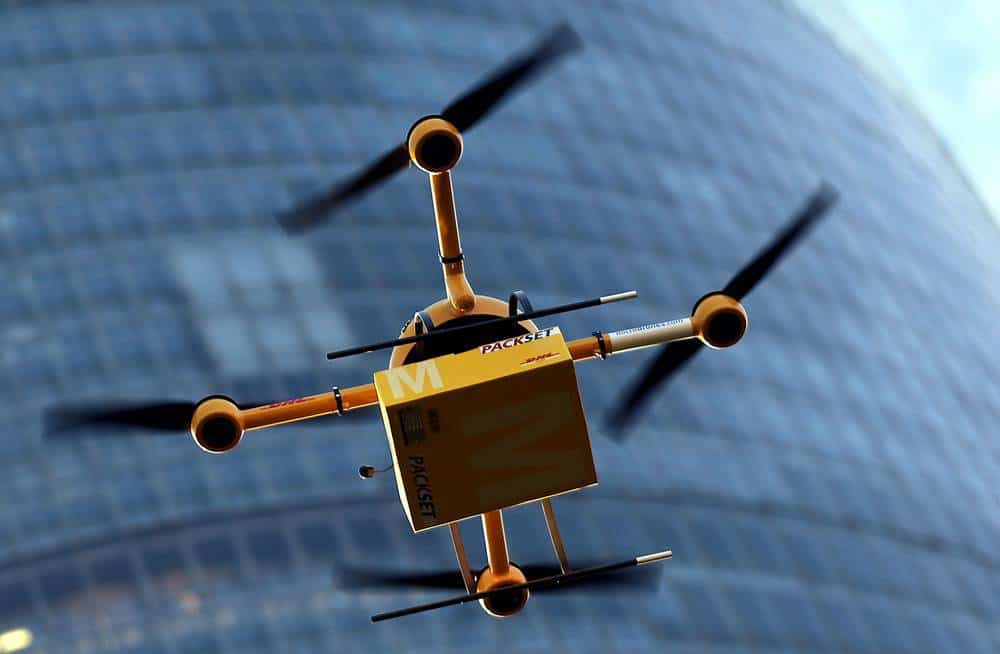When many envision the use of an industrial drone, they picture these drones flying high over industrial sites, sending back high-def surveillance video from remote facilities and capturing LiDAR data for long-range surveying missions. Certainly in some nations, like Israel, this is exactly the sort of thing industrial drones are doing.
However, in much of the world, industrial organizations are anxiously awaiting the day when beyond visual line of sight (BVLOS) regulations will catch up with the impressive industrial drone technology currently available. Until that time comes, one of the ways industrial organizations can best take advantage of drone technology is with indoor inspections. It may not be the most high-flying thing a drone is capable of, but it’s a life-saving and cost-saving task that will significantly benefit organizations in a wide range of industries.
Taking humans out of the often risky equation
The list of beneficial industrial drone applications is, of course, long, but there are three main benefits to using industrial drones for indoor inspections specifically. The first is inarguably the most important: it can save lives. Instead of sending a human employee into a confined space, up a high ladder, or to a piece of potentially malfunctioning equipment or infrastructure that could emit a toxic chemical or gas, a leading industrial drone can be equipped with the sensors needed to provide real-time video and audio, close-up still frame photos, and to even test for emissions. This eliminates the risk to human inspectors and minimizes the risk to other employees, civilians, the facility and the environment by helping to keep infrastructure and equipment in optimal working condition.
Industrial drones also make it easy for inspections to be completed regularly, even more often than traditional inspections can be completed. In order to keep human inspectors safe, equipment often needs to be shut down and processes halted during the inspection. This costs an organization time and money, both of which can be easily saved by using a drone for indoor inspections instead.
The advantages of automated industrial drones
There are further benefits to be reaped by organizations that don’t just invest in an industrial drone but an automated industrial drone – one that doesn’t require a pilot or human intervention for routine maintenance. Eliminating the pilot from drone operation also eliminates the bulk of the ongoing expense for drones, making industrial drone inspections as cost-efficient as possible. Further, without an expense or hourly fee to worry about, there is no reason for an industrial organization to ever delay completing an inspection. This means issues will be found as soon as they begin to affect equipment or infrastructure, leading to the fastest possible repairs and safest possible working environment.
The other massive benefit of automated industrial drones is their ability to perform on-demand or even emergency response flights. Without a pilot to wait for, and with the drone having already automatically performed its own maintenance such as battery swapping and sensor changing, an automated industrial drone is always ready to launch immediately, allowing for instant response and invaluable aerial awareness during potential incidents or full-blown emergencies. The value of this in an industrial facility cannot be overstated.
Soaring with drones
There are plenty of exciting topics and technological specifications to touch on when it comes to industrial drones, and the excitement is only going to grow as regulations are relaxed, allowing industrial drones to reach their full potential. For now, however, indoor industrial inspections offer some of the biggest benefits to organizations looking to add leading UAV technology to their stables. In short, any industrial drone brings life-saving and cost-saving benefits to organizations, while automated industrial drones bring even bigger life-saving and cost-saving benefits. If that doesn’t count as high-flying, what does?


